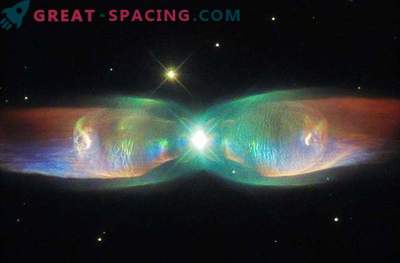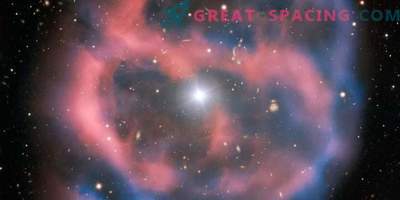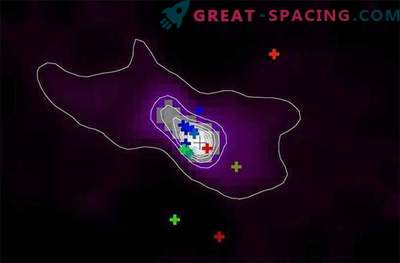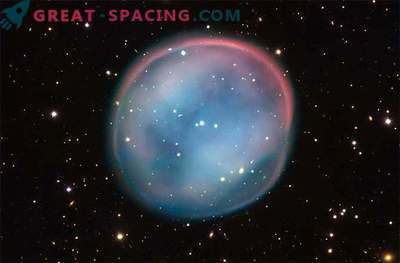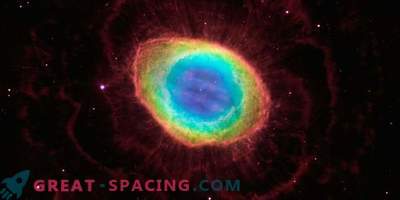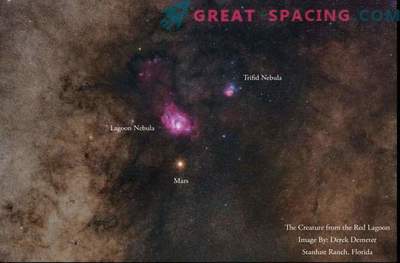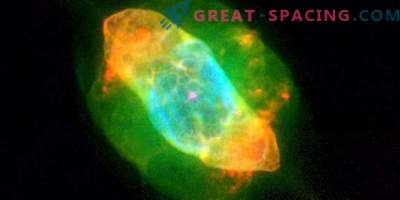The discovery, announced on September 4, 2013, states that the vast majority of bipolar planetary nebulae located near the galactic nucleus are directed in the plane of the Milky Way galaxy. Nebulae, known as bipolar planetary nebulae (or “butterflies”), do not interact at all and have a different age, hinting that such orientation has an external force. It is believed that one of the reasons may be a powerful magnetic field.
The researchers used observations from the Hubble Space Telescope, as well as new technologies from the ESO telescope, to present us with this bright selection of bipolar planetary nebulae.
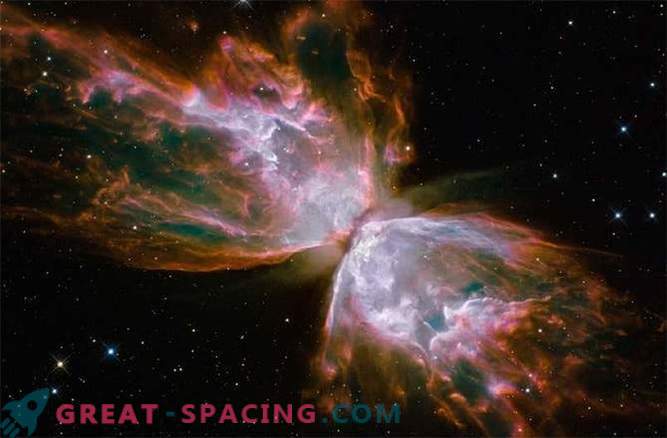
This image captures NGC 6302, a terrific example of the bipolar nebula's butterfly wings.
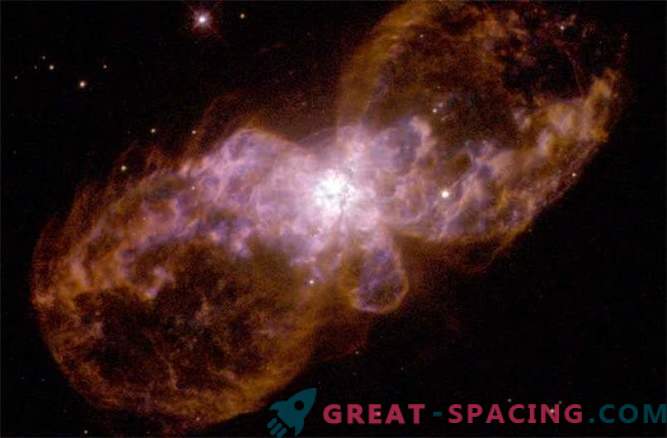
Hubble 5 - the classic bipolar nebula or “butterfly”.
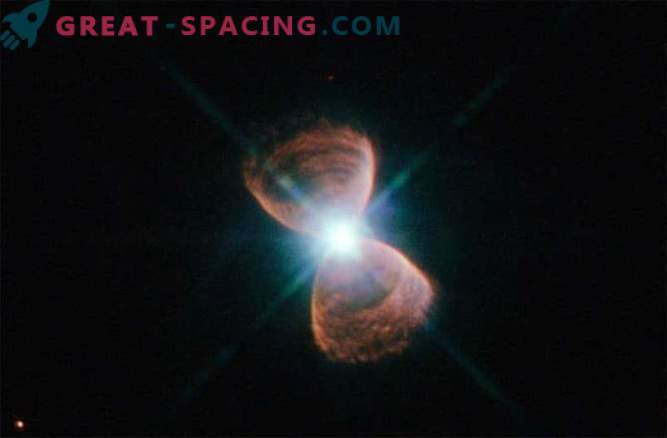
PN Hb 12: bilgear hourglass nebula
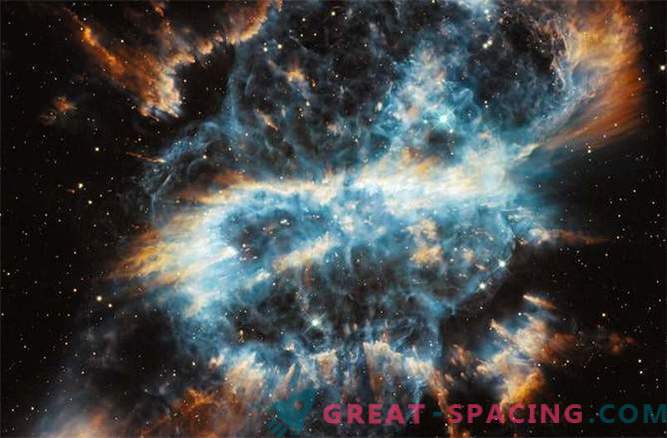
NGC 5189: A stunning view of bright material ejected from a planetary nebula.
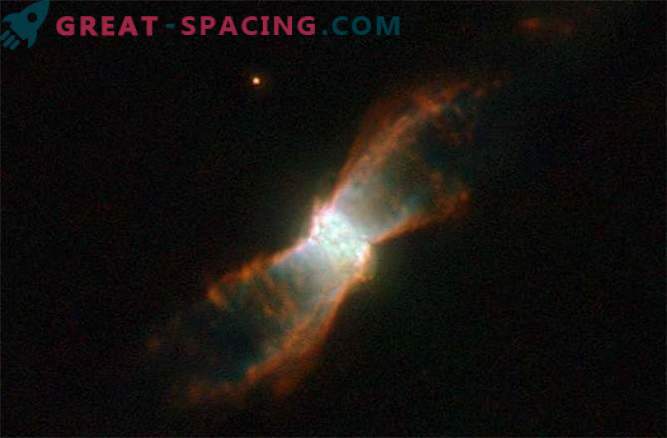
NGC 6881: the double star that formed this symmetric nebula.
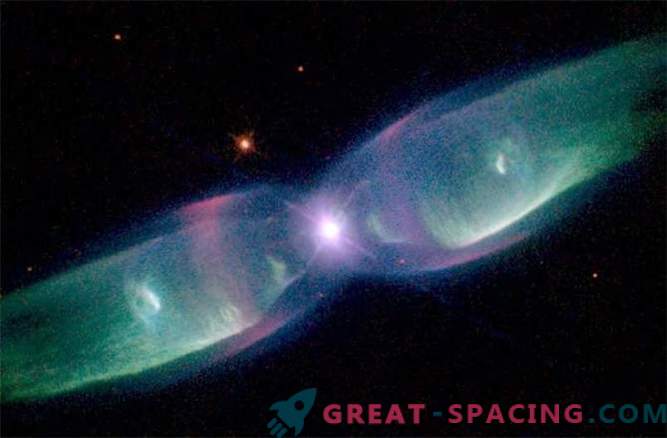
M2-9: What seems like a twin-engine jet plane is actually a prime example of a bipolar planetary nebula.
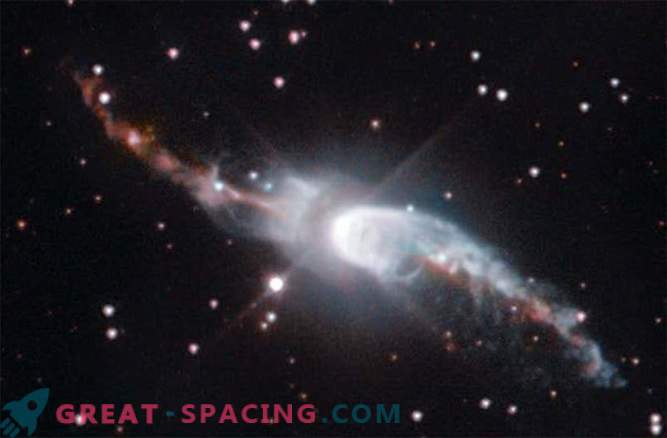
Hen 3-1475: Planetary Nebula in its Formation
